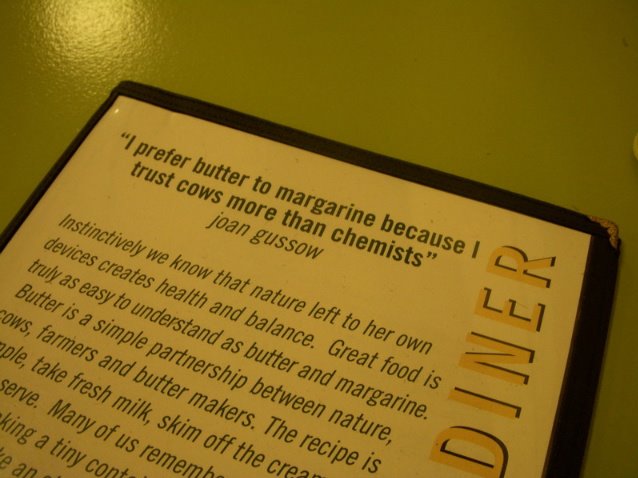Ahh, this is such classic Yeats! Rosa Alchemica is a fictionalized narrative of one man's initiation (such as it is) into an occult alchemical order. The plot is very simple, merely providing a frame for a string of detailed descriptions of deep dreamlike and visionary states--the meat of the story. A wealthy and educated man who lives a life of solitude is visited by an old friend. The old comrade, somewhat of a trickster/mage figure, triggers the protagonist to experience a mystical revelation and subsequently coaxes him to come to the headquarters of a certain Order where he shall participate in initiatory rites. The pinnacle of the story describes an ecstatic group dance, which takes place in a round room with a domed ceiling, all surfaces covered with elaborate mosaics depicting a syncretistic amalgam of deities. There are many aesthetic parallels to Greco-Roman art, myth and architecture, and also literary allusions to ancient mystery cults (Eleusis in particular). Yeats masterfully conveys a full-throttle psychedelic experience that arcs through the entire story, and is neither good nor bad, but depicts forces both demonic and divine in unrelenting, psycho-somatic interplay.
"When we came in the grey light to the great half-empty terminus, it seemed to me I was so changed that I was no more, as man is, a moment shuddering at eternity,
but eternity weeping and laughing over a moment"
***
"A couple of hours after Sunset Michael Robartes returned and told me
that I would have to learn the steps of an exceedingly antique dance,
because before my initiation could be perfected I had to join three
times in a magical dance, for rhythm was the wheel of Eternity, on
which alone the transient and accidental could be broken, and the spirit set free."
***
Yeats is one of my most beloved mystics, and possessed that transgressive identity that straddled both artist and scholar (to paraphrase Herman Hesse's definition). You cannot quite call him contemporary, beause he lived at such an amazing junction in history - the Gilded age through to right before World War Two. A pregnant era, but also a time when the mythic realities of the past still lapped at one's feet -- or as Yeats puts it "the Sidhe still pass in every wind".
The ultimate concern of the mystic consists of the myriad and multiform paths to human gnosis. That is, esoteric knowledge that flows, like a river, through the ages, its form changed by the lenses and vessels of culture, but its true content always the same. Moreover, they are concerned with the phenomenology of gnosis, such that you could call them "scientists of God". Many are known to history books as poets, because poems are the field-notes of such a study, and so naturally the dedicated mystic produces volumes. Such people are either cursed or blessed to never leave alone the symbol of "God" on the proverbial shelf of the mind; the condensation of divinity into one word both excites and agitates them to no end. So they continually return to it and unpack it, I dare say even disembowel it in the frenzied search so characteristic of the "insane" or "hysterical" or "ascetic" mystic. (The ascetic is frenzied too, at times, but the wildness occurs deep within the boundaries of skin, and so others do not see it) Indeed, sometimes I think that hysteria and ascesis are one in the same when the object of worship is The Divine. The cults who engage in the trance-dance--both ancient and modern--know this riddle well. The trance dance somehow contains all forms of worship and mysticism folded within itself, and the actual ritual, trapped in time, is some sort of alchemical machine that transforms all moods, emotions and desires into motion, thus into kinetic energy that is absorbed by the earth. Dancing furiously for hours on end, like Yeats describes or Hesse in Steppenwolf, is a kind of ascesis (=discipline, not deprivation), and it is not fundamentally, and in a magical sense (regarding the affective yields, or what is produced), that different from fasting and sitting completely still. They are both spiritual heuristics and they both trigger the body to procure energy from long-untapped sources, deep deep within. In mining for this energy, this light...jewels and gemstones are unearthed. These are the divine entities that people call by many names. And they are thus set free to roam for a liminal time among us.



No comments:
Post a Comment